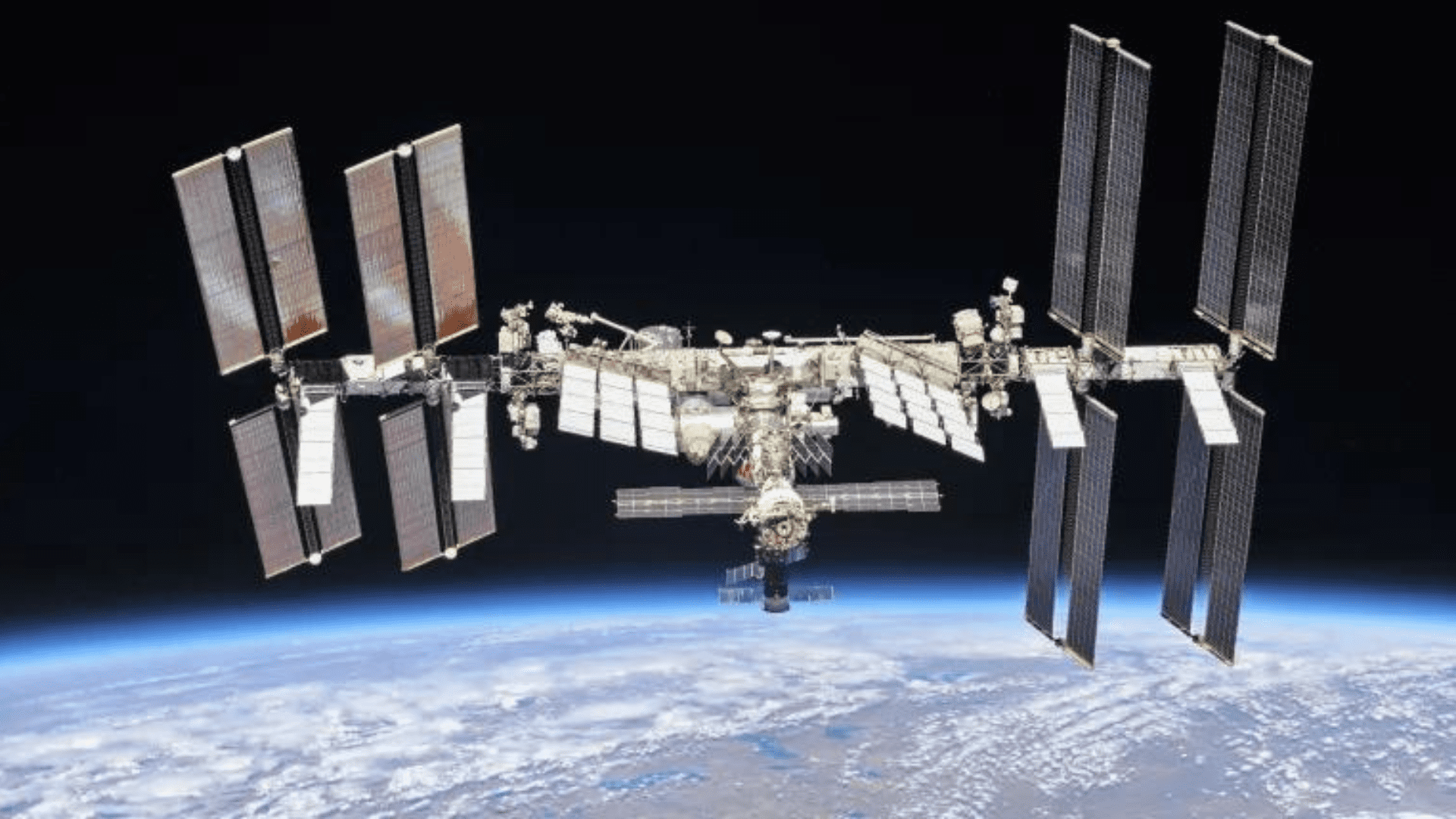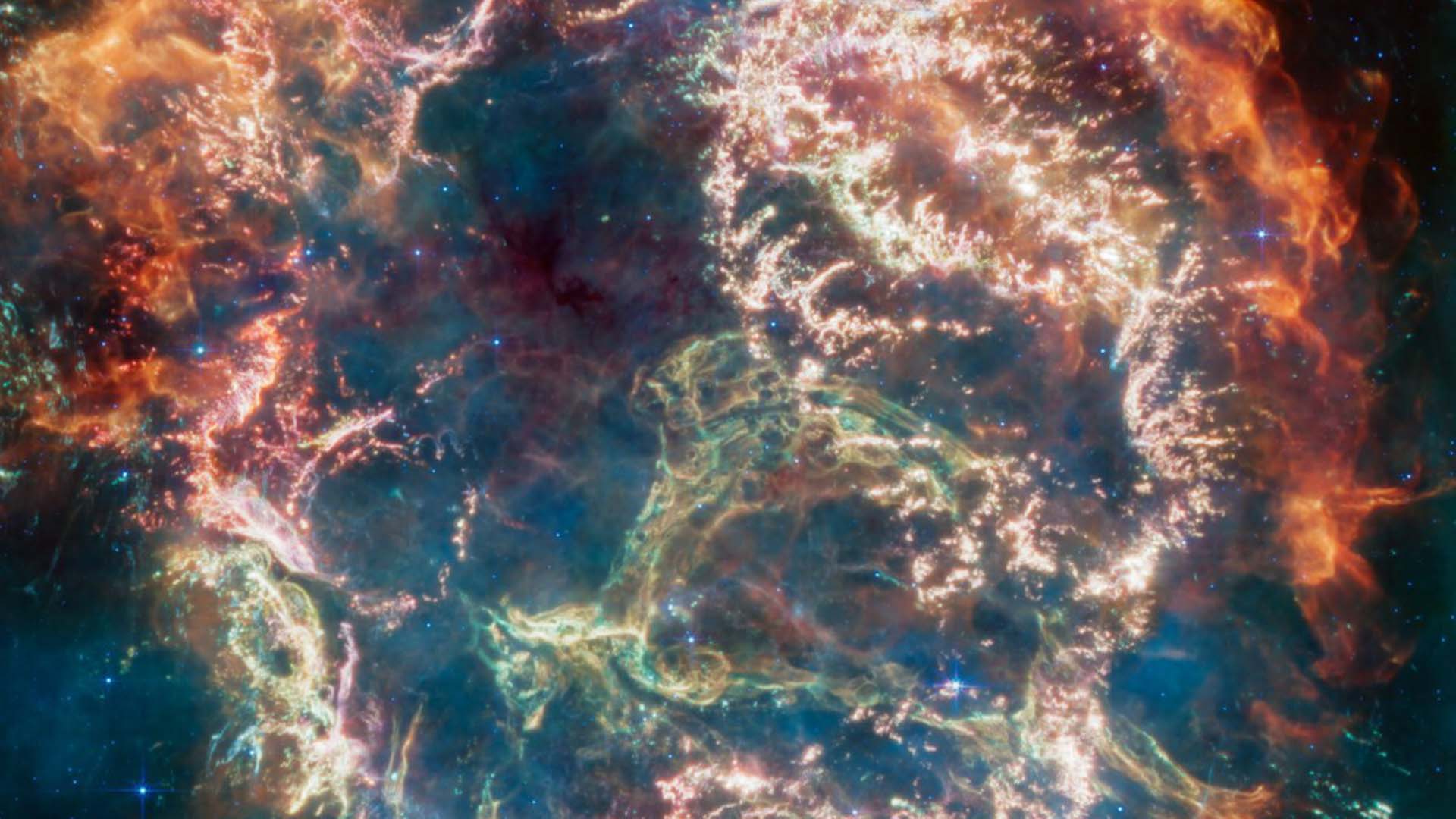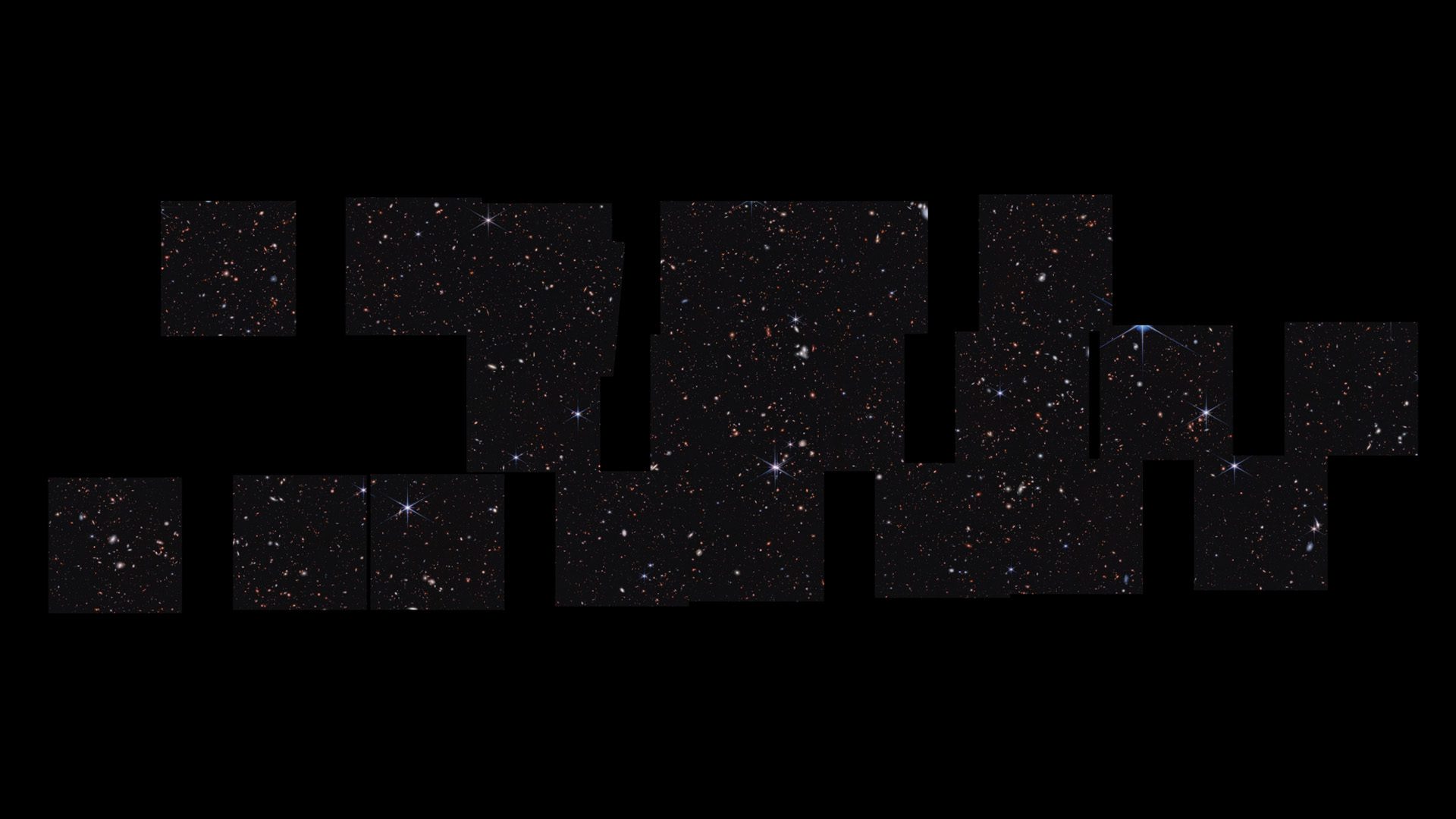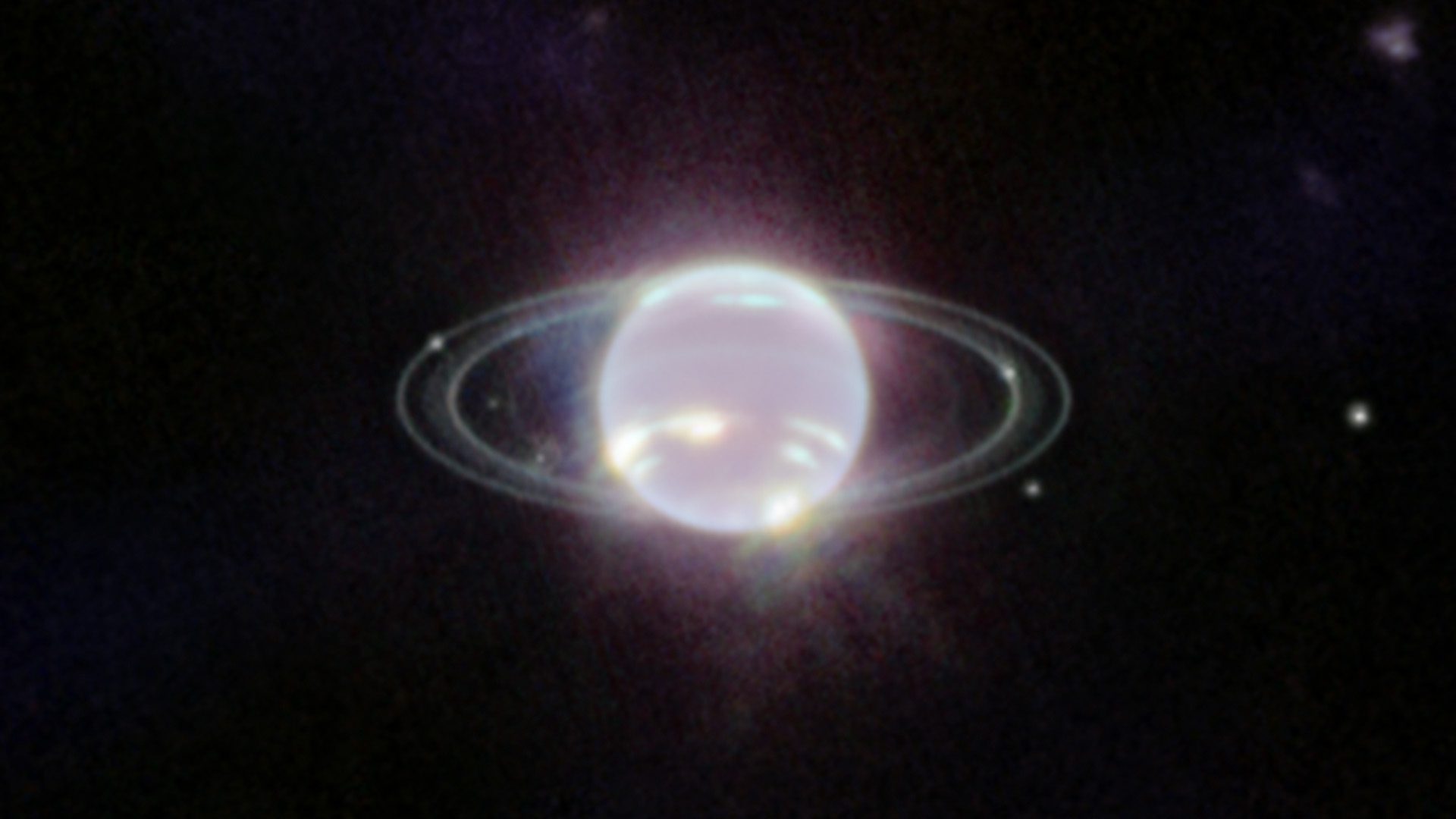From digging dirt to surveying a space station, the first-ever archaeological survey in space was conducted aboard the International Space Station (ISS).
International Space Station Archaeological Project
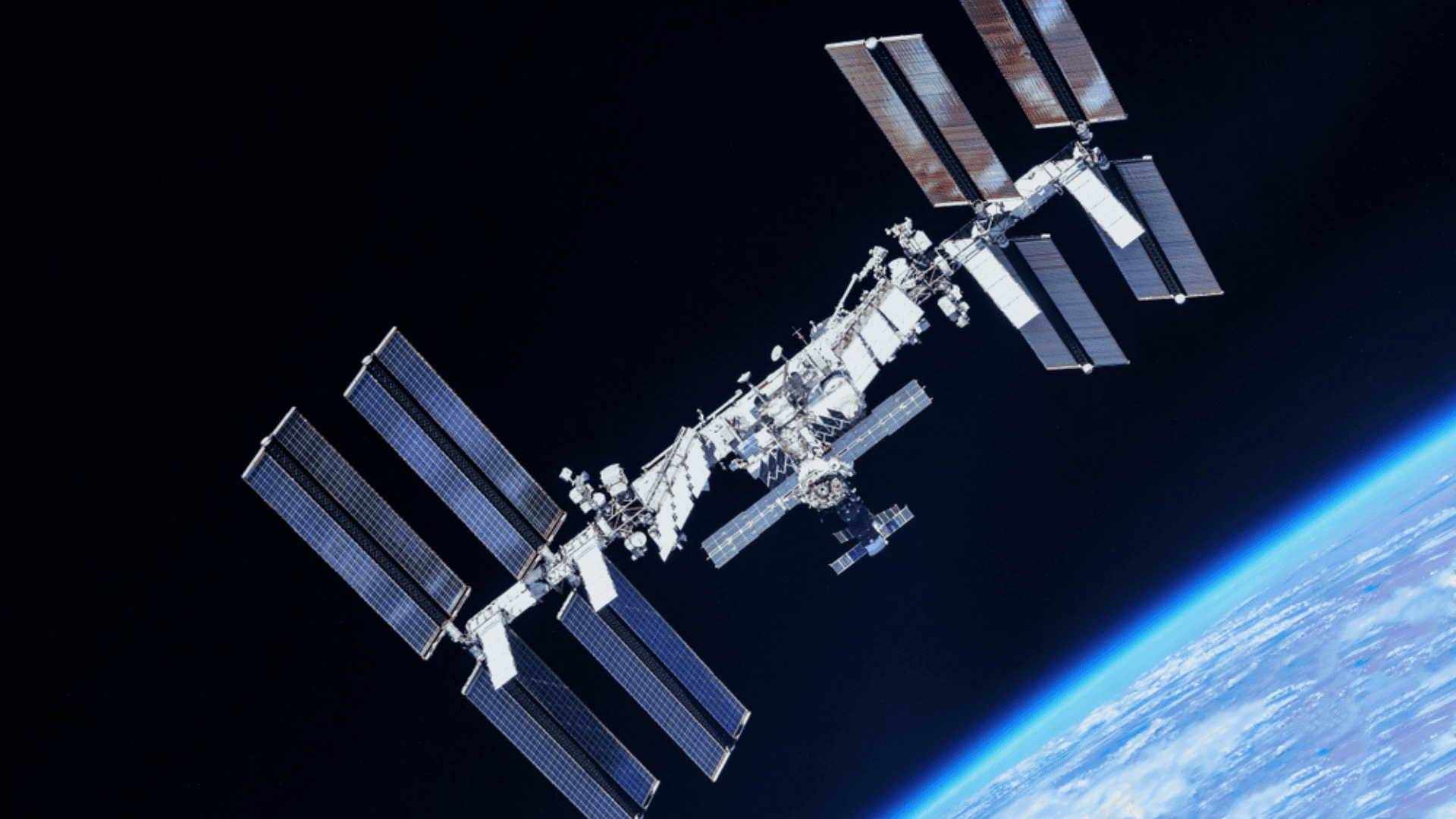
The ISS is the largest and most inhabited space station to exist thus far, with over 270 visitors from 23 countries since 1998. It’s a unique environment for the human body to experience, particularly due to microgravity, which results in routine activities needing to be carefully planned out or requiring technological assistance.
Researchers launched the International Space Station Archaeological Project to understand this “micro-society in a mini world.”
The project uses an archaeological framework to study how people use different areas of the station by considering their materials as artifacts. In addition to studying the station, the team wanted to develop archaeological techniques that permit the study of other habitats in remote, dangerous, or extreme environments.
“While it is possible to interview crew members about their experiences, the value of an approach focused on material culture is that it allows identification of longer-term patterns of behaviors and associations that interlocutors are unable or even unwilling to articulate,” the team explains in their new paper.
Archaeological Techniques
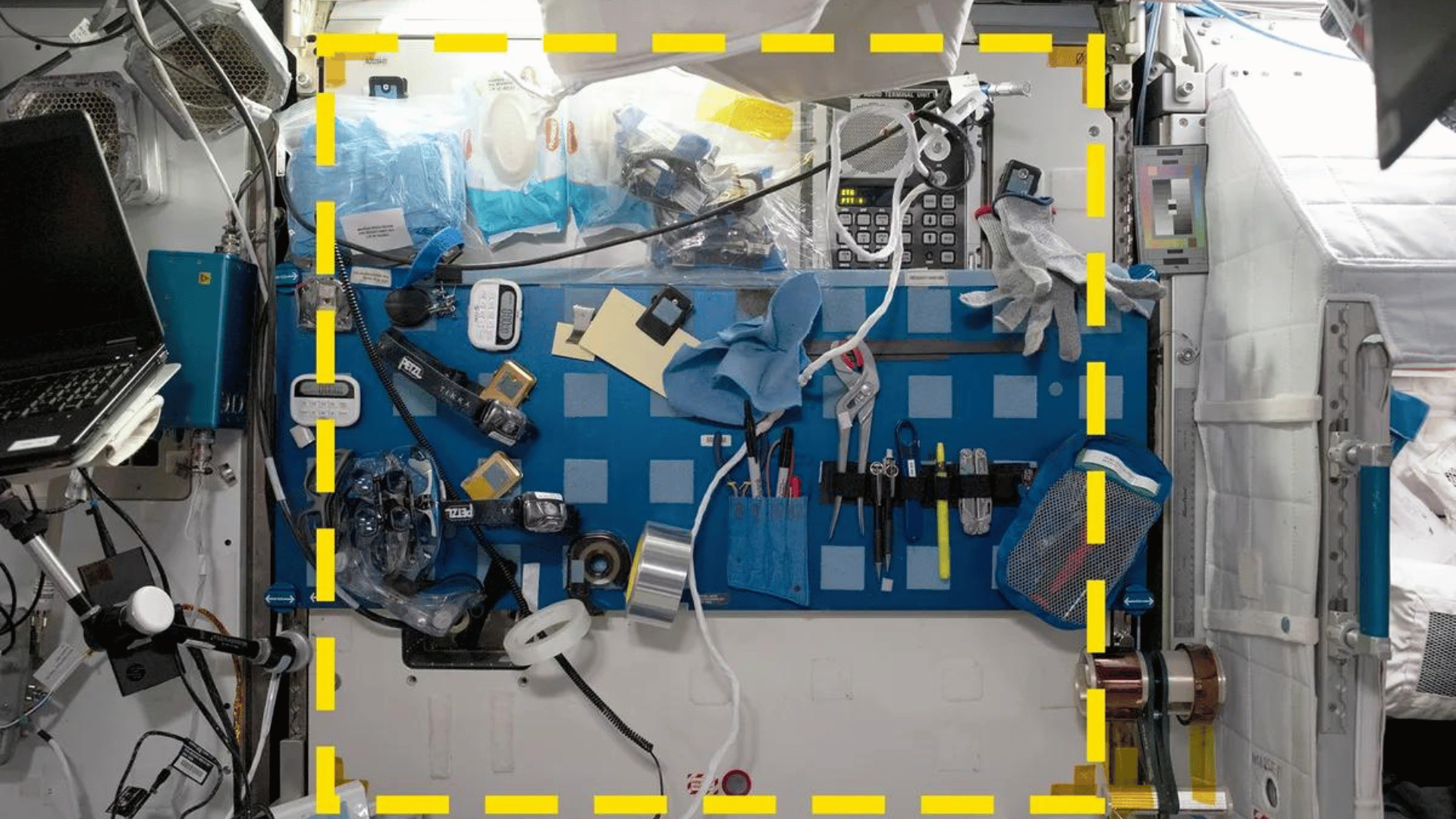
The first direct work involved adapting the archaeological strategy called “the shovel test pit.” This technique requires digging small pits at intervals across a site to analyze how the artifacts are distributed. This helps researchers choose what areas to focus on for more extensive excavations.
Rather than digging, the archaeologists asked the crew to document six locations across the station by taking daily photos for 60 days. The researchers recently published the results of the first two of the six sample areas, including one area for equipment maintenance and one near the latrine and exercise equipment.
“Since it is too costly and difficult to visit our archaeological site in person, we have to creatively re-imagine traditional archaeological methods to answer key questions,” the team explains.
The team developed a novel open-source image platform to analyze the photos in both areas. The test revealed 5,438 instances where “artifacts” were used for varied purposes, including writing tools, Post-it notes, and an augmented reality headset.
Results
Thus, the results demonstrate inconsistencies between the intended and actual uses of different areas of the ISS. For example, cross-referencing the photos with astronaut activity logs revealed that the area near the exercise equipment was used as a storage site for toiletries, resealable bags, and a rarely used computer. This is noteworthy because this wasn’t the officially designated purpose for this area.
Ultimately, this study simultaneously showcases the wide-ranging uses of archaeological techniques and allows us to gain insights regarding finding the best functionality for astronauts’ space in space.
As the authors add in a statement, “The experiment is the first archaeology ever to happen off of the planet Earth. By applying a very traditional method for sampling a site to a completely new kind of archaeological context, we show how the ISS crew uses different space station areas in ways that diverge from designs and mission plans. Architects and planners of future space stations can learn valuable lessons from this work.”



